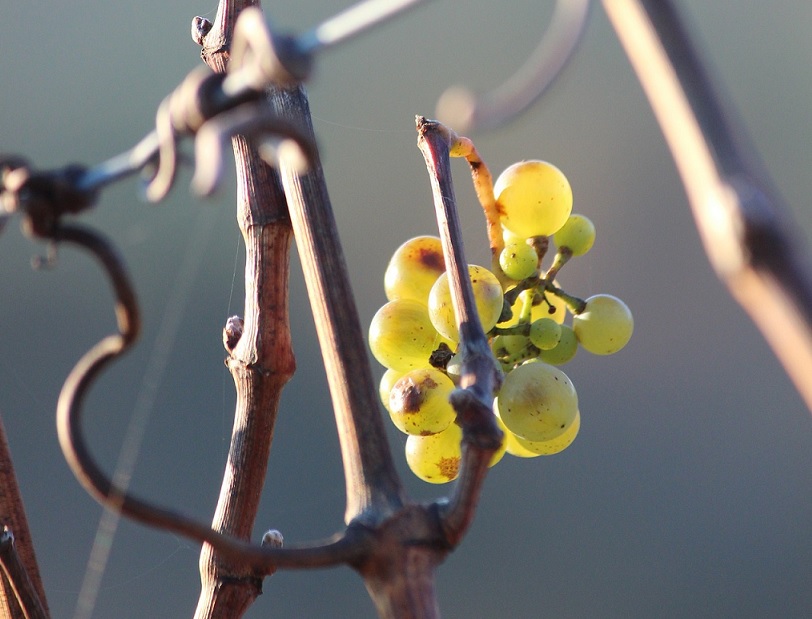
German Eiswein, or ice wine, represents a pinnacle of winemaking, a harmonious blend of nature’s whimsy and human craftsmanship. This luxurious and rare dessert wine, born from grapes frozen on the vine, is a testament to the patience and skill of German vintners. In this comprehensive guide, we’ll explore the historical roots, intricate production process, unique flavor characteristics, and the cultural significance of German Eiswein, offering a glimpse into why it stands as a jewel in the crown of the wine world.
The Historical Roots of German Eiswein
Eiswein’s history is as rich and complex as its flavor. Though Canada is often associated with ice wine today, its origins trace back to Germany. The first documented instance of Eiswein production dates back to the late 18th century in Franconia, Germany. It was born out of necessity when an unexpected frost left vintners with frozen grapes. Instead of discarding them, they pressed these frozen grapes, resulting in a sweet, concentrated wine that was an instant hit.
Understanding the Unique Production Process
The making of Eiswein is a gamble against nature, requiring specific climatic conditions. The grapes, typically Riesling, are left on the vine well into the winter months, awaiting the first deep frost. The temperature must drop to at least -7°C (19°F) before the grapes can be harvested. These frozen grapes are then pressed while still icy, leading to a juice that is highly concentrated in sugars and acids.
The Flavor Profile of German Eiswein
Eiswein is renowned for its rich, intense sweetness balanced by high acidity. This unique combination creates a wine that is both sweet and refreshing. Common flavor notes include tropical fruits, honey, citrus, and a vibrant minerality, often with a long, lingering finish. The high sugar content also gives Eiswein a significant aging potential, with flavors evolving and deepening over time.
Varieties and Regions: Riesling and Beyond
While Riesling is the most common grape variety used for Eiswein in Germany, other varieties such as Spätburgunder (Pinot Noir) and Silvaner are also used. Each variety imparts its unique characteristics to the wine. The key regions for Eiswein in Germany include Mosel, Rheingau, and Pfalz, where the climatic conditions are ideal for its production.
Pairing and Serving Suggestions
Eiswein’s sweetness and acidity make it a versatile partner for a range of dishes. It pairs beautifully with foie gras, blue cheeses, and spicy Asian cuisine. It is also a classic choice with desserts, particularly fruit-based ones. Serve Eiswein chilled, in small dessert wine glasses, to appreciate its full bouquet and flavor profile.
The Cultural Significance of Eiswein in Germany
In Germany, Eiswein is more than just a wine; it is a cultural emblem, reflecting the harmony between nature and human ingenuity. It is often reserved for special occasions and is a prized gift. German Eiswein festivals and tastings are popular, celebrating this unique wine and its storied history.
The Challenges and Future of German Eiswein
Climate change poses a significant challenge to Eiswein production, with warmer winters making the necessary deep frosts less frequent. This rarity only adds to Eiswein’s allure and value. Innovations in viticulture and a focus on sustainability are key to preserving this wine tradition.
Collecting and Investing in German Eiswein
Eiswein’s rarity and aging potential make it a collectible item for wine enthusiasts and investors. The best vintages can fetch high prices and are sought after for their complexity and depth of flavor. When purchasing Eiswein, look for reputable producers and consider the vintage’s climatic conditions.
German Eiswein is a liquid testament to the art of winemaking, a symphony of sweetness, acidity, and complexity. It stands as a unique and valuable piece of Germany’s wine heritage, a delightful journey for the palate, and a wine that continues to enchant connoisseurs and casual drinkers alike. Whether you are a seasoned wine collector or a curious enthusiast, exploring the world of German Eiswein is a rewarding and delicious adventure.
Related articles:
German Wine
Liebfraumilch Wine
Spätburgunder: Germany’s Answer to Pinot Noir
German Wine Guide
German Wine Label Guide
History of German Wine
German Riesling
German Wines
